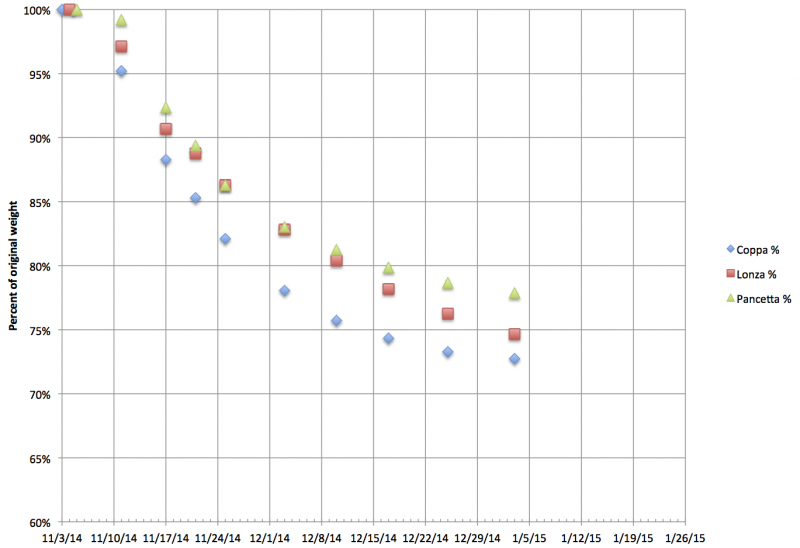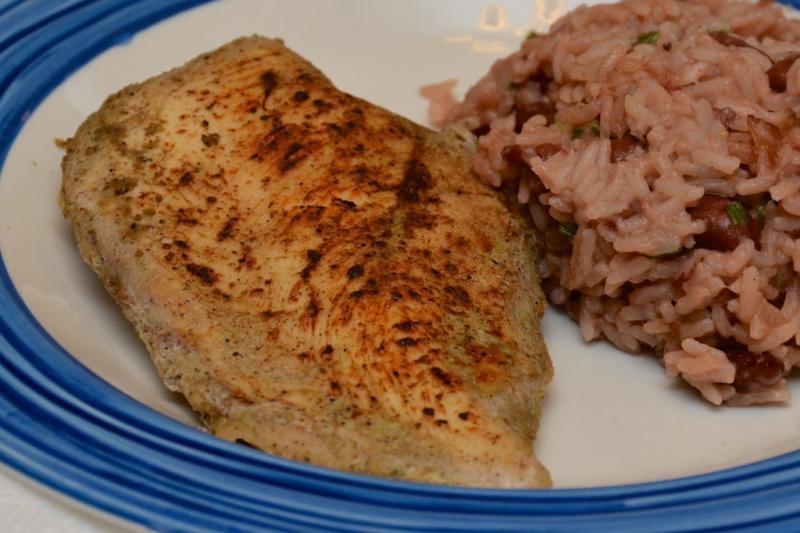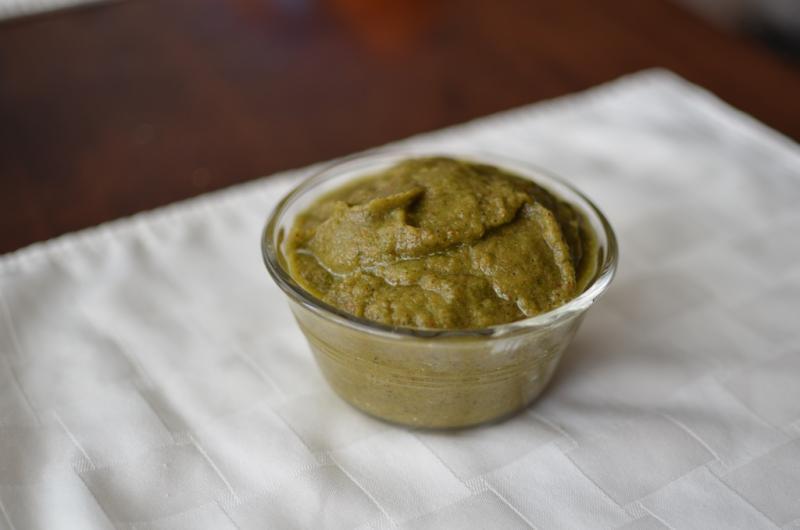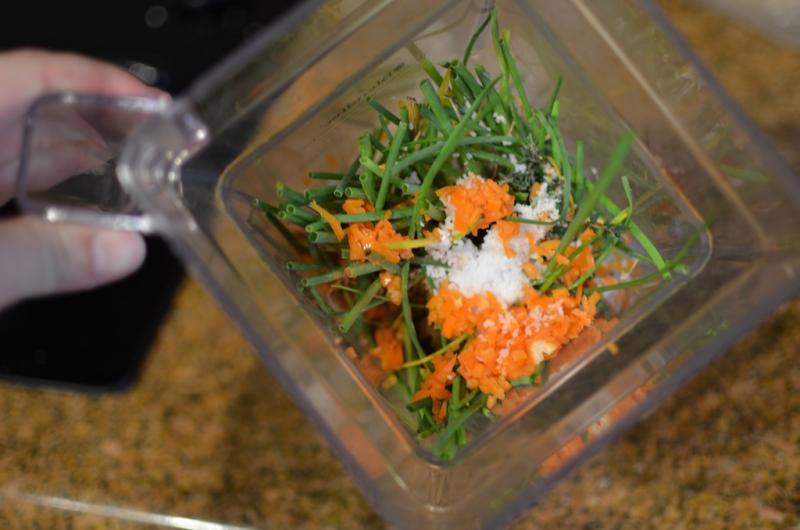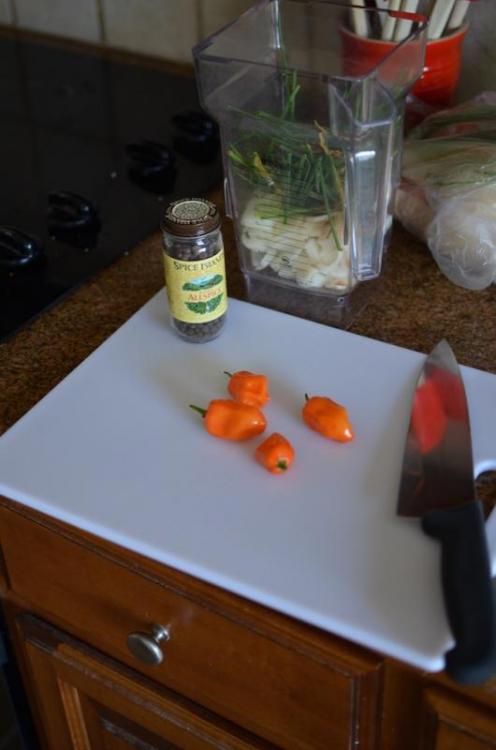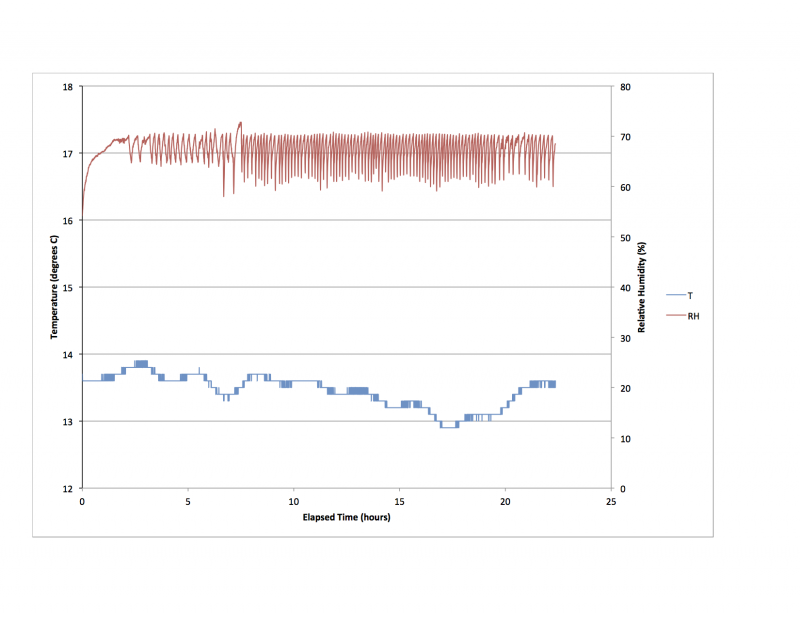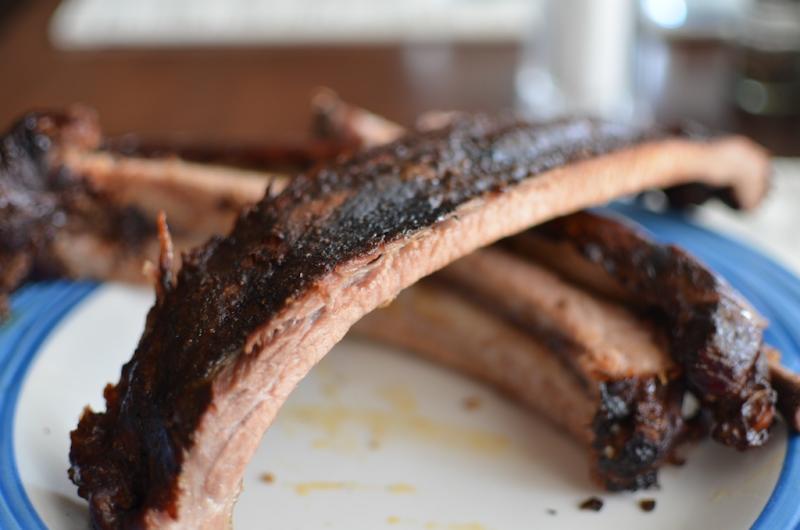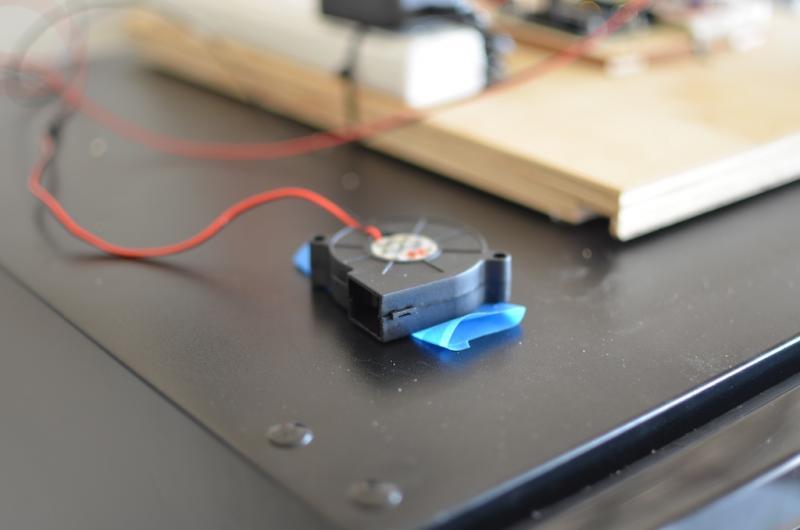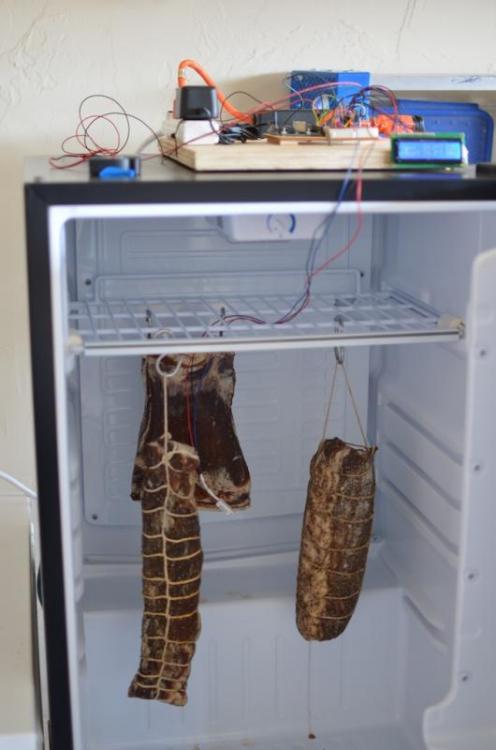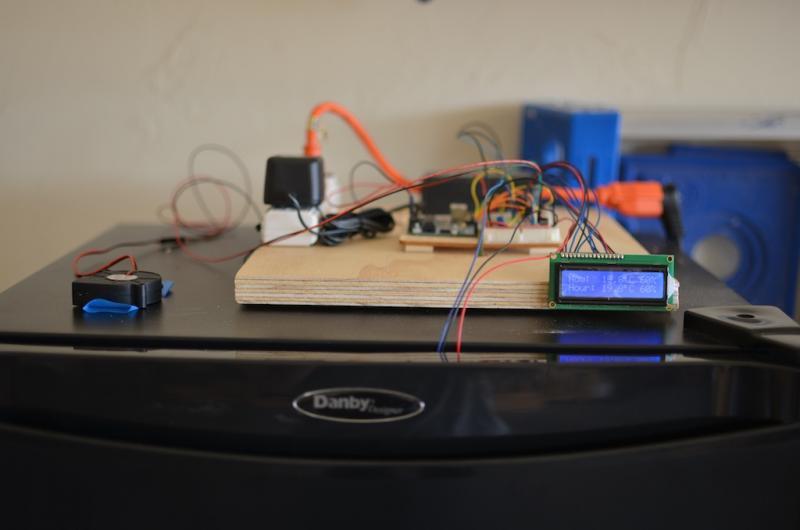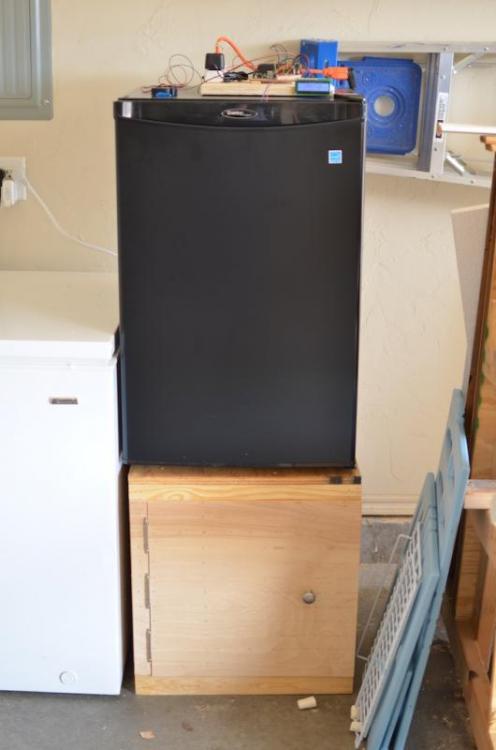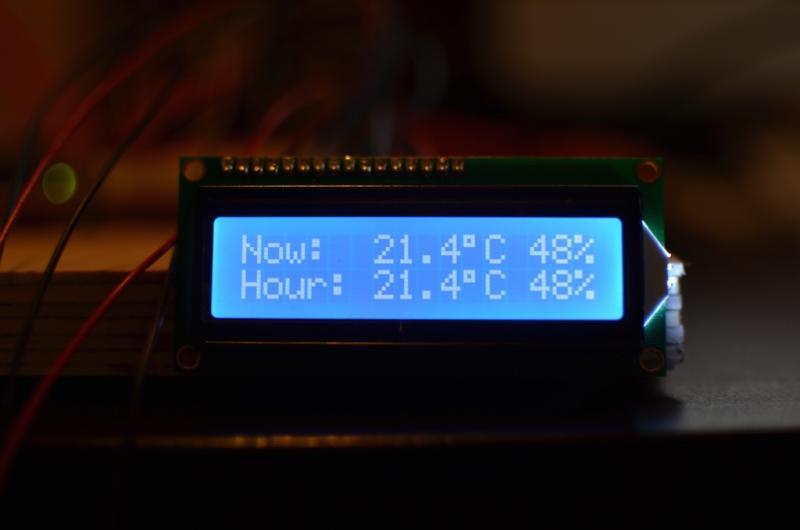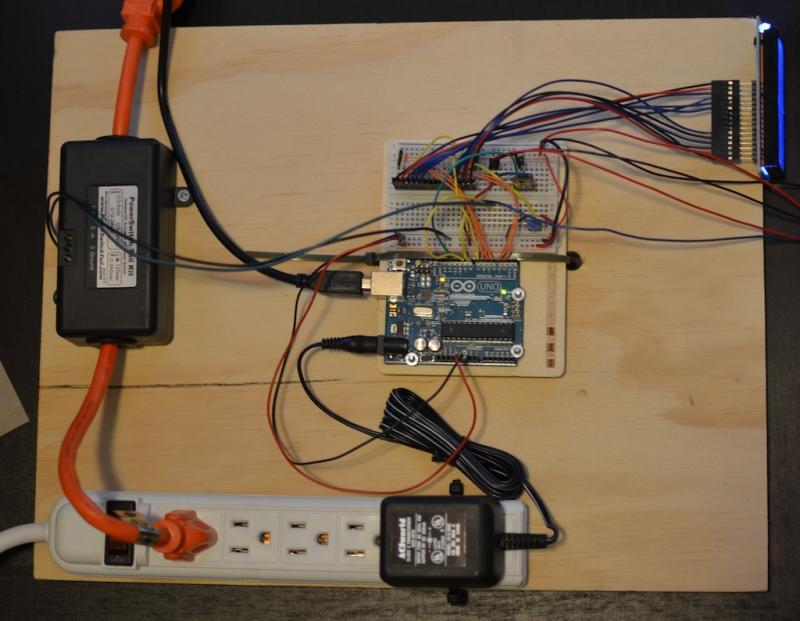-
Posts
10,190 -
Joined
-
Last visited
Content Type
Profiles
Forums
Store
Help Articles
Everything posted by Chris Hennes
-
As I mentioned in the Half a Hog Fall 2014 topic, I'm doing a bunch of dry curing right now (in my new curing chamber!). Here's a plot of percent weight versus time as of today: I'm doing the cures according to Ruhlman and Polcyn's Salumi, so am targeting a 30% weight reduction. As you can see, however, while the Lonza is on track to achieve that level of reduction, both the coppa and the pancetta seem to be asymptotically approaching a final dried state that does not achieve the desired 30% reduction. Is this a problem, do you think? Should I keep them curing, or call them done?
-
The amount of time spent drying has a direct effect on the flavor: we typically aren't interested in doing it faster, but slower. There's very little difference between the methods for prosciutto and any other dry-cured product. What makes it taste like prosciutto is that it's a big muscle so takes a long time to dry.
-
I never bother with the tamis step, but no, I haven't had an issue with graininess. What kind of potatoes are you using?
-
I just returned from a few days in Downtown Miami: I didn't want to deal with a car (or a cab) in Miami's lovely traffic, so I stuck entirely to places that could be reached via the MetroMover. As an added bonus, that system is free to ride and runs very frequently. I ate at: Tuyo -- A pleasant setting with a decent view of the city lights, Tuyo sits atop the Miami Culinary Institute. They feature a very reasonably-priced wine list, which is remarkable considering wine prices elsewhere in Miami. I had a Cobia ceviche which was pleasant enough, and an underseasoned ribeye with a mediocre cabernet sauce served with "duck fat fries" that turned out to be more like fried whole potatoes, essentially flavorless. The service was a bit on the rushed side (dinner only took an hour) but was otherwise pleasant and attentive, however the food was not particularly good. db Bistro Moderne -- Taking the other end of the service speed spectrum, this was a very leisurely meal (about three hours), and I don't think that was 100% intentional, though to a certain degree I'm sure it was. Their wine list struck me as almost absurdly overpriced, but there were a few gems in there, and they were running a special on champagne while we were there which we availed ourselves of. All of that said, the food was spectacular. In particular I had a foie gras "nougat" that may be the best foie dish I've ever had, and their spaghetti chitarra was excellent. Truluck's -- A middle-of-the-road steak-and-seafood chain along the lines of Morton's or the Capital Grille, this is a safe choice for dining with clients or picky relatives. The food was good, if unexciting, and the service attentive. Verde (for lunch, located in the Perez Art Museum Miami) -- Museum restaurants are usually nothing to write home about, but I actually enjoyed this lunch quite a bit. Their wine prices were very reasonable, and the lobster Benedict with key lime hollandaise was very good. I have no idea what I was supposed to do with the huge pile of lettuce on the plate, so I ignored it.
-

Southwest Pop-Up Road Trip (AZ, NM)
Chris Hennes replied to a topic in Southwest & Western States: Dining
What sort of permit issues do you expect to run into? I'd heard that foodtruck permitting can be a bit of a mess. -
It is clearly time to start planning holiday cooking, but I admit I've been a bit remiss and haven't give it a single thought yet. Since my Anova order just shipped I suppose I should make something sous vide. Probably several somethings. And maybe some cookies that are on the not-too-sweet side.
-
I got an email a couple days ago from someone looking for a pizzelle iron that produces easy-to-break-apart pizzelles, like you see in Kerry Beal's post here. I checked Fante's, but none of theirs look like they would be particularly easy to break apart. Does anyone have other suggestions for where these can be located?
-

Converting a chest freezer to my daily use refrigerator
Chris Hennes replied to a topic in Kitchen Consumer
I recently converted a standard refrigerator into a curing chamber primarily by adding my own temperature controller: what you are describing is similar. As someone else mentioned, you can't use a sous vide temperature controller, which are typically PID controllers. For a fridge you actually only use a simple "bang-bang" controller, switching the compressor on and off (which of course you don't want to do too often, so make sure your controller has a pretty loose tolerance). I also caution you that your energy savings are probably not going to be measurable just switching between a chest and upright variety. It actually takes very little energy to cool the air in the fridge, so opening and closing the door is not as costly as you might guess. -

Jerk--Cook-Off 41
Chris Hennes replied to a topic in Caribbean, USVI & West Indies: Cooking & Baking
Recovering from Thanksgiving festivities, I wanted to serve something different for dinner tonight, so a I made a batch of jerk rub from Helen Willinsky's Jerk from Jamaica: Barbecue Caribbean Style. The rub is quite spicy, with four habaneros in it, but the finished chicken (which I cooked sous vide and finished with a Searzall) was spicy but not overwhelmingly so. -
I think things are ready around here. At my house, the main course is the dressing. Sure, I also make mashed potatoes, and glazed onions, and usually some turkey. But those are all side dishes. I smoked the turkey last week when I was smoking some bacon anyway, so it's just reheating sous vide now. The gravy is from Modernist Cuisine at Home (more or less). The dressing in my grandmother's recipe, with the base flavor provided by a sage pork sausage.
-
I'd love to do a really long cure with it, like a country ham or a prosciutto, but I have never seen this done skin-off, so I'm a bit leery of it. I think that either Noix de Jambon or just more salami are by backup plan.
-
I did it to save space in the fridge, but I won't really know its effectiveness until it needs to run. Right now dehumidification is the issue.
-
The problem is that it's skin off, so I'm not sure which options are actually available to me. Got any advice?
-
I'm not using the fridge's controller at all, it's set to as high as the fridge will go but that is still considerably too cold. The PowerSwitch Tail, controlled by the Arduino, cycles the power to the fridge. The code's got a timer in it that prevents the fridge from cycling too rapidly, and in practice the set temp is so high by normal refrigeration standards that the compressor is switched on far less frequently than it was designed for.
-
It depends on your needs. I can actively control humidity and temperature both up AND down with my controller: the module you linked to can only control up OR down (it will only control two devices, not four). It is also substantially more expensive than my solution. Of course, the truth of the matter is that I chose my route because I wanted to play around with the DIY aspects.
-
Do you have issues with residual smoke flavor affecting unsmoked products?
-
Still frozen, I don't have room for a ham right now in my curing chamber.
-
Here's a plot of the first day's temperature and humidity. Note that it was cold that day, so the compressor actually never had to turn on, only the humidity was being actively controlled. The target temp was 15°C ±3°C and RH was 65% ±5%.
-
The point of the outside air is to lower the humidity: when the humidity is in the correct range the fan doesn't run. And the fridge controller handles the temp. Of course everything is coupled, but the controllers have so far managed to work fine.
-
While I was smoking the bacon I also smoked some ribs that I had rubbed with salt, black pepper, and chili powder. The next day for lunch I reheated them sous vide and hit them with my Searzall.
-
Not that I can see. I suppose you could consider putting some type of thin plastic shield over the entire back section that could be removed for cleaning if you were really worried about it. Don't you inoculate blue cheese? It seems like the desired mold would out-compete any random bugs coming in from elsewhere, sort of like sourdough.
-
I'm not terribly worried about "rogue mold" hiding in the crevasses of the fridge. First, because there isn't going to be much in the way of food for it there, and second, it's not like my garage is a cleanroom environment! There are myriad spores floating in the air and being blown through the chamber. If you get the temperature, humidity, salinity, and pH right, you should be OK.
-
The inlet's at the bottom, and is 4.5" across, outlet's at the top (1.125"). These are the fans I'm using. No idea the CFM.
-
For the past several years I've used a wine fridge as a curing chamber. This had the advantage of being dead simple: I just set the temperature as low as it would go (55°F, 13°C) and left it alone. This worked fine for short cures (a month or so), but the temperature control was poor, and humidity was controlled via the wet salt method, which results in humidity that is a bit too high. Because the cooling was thermoelectric, during the hot summer months here the fridge ran constantly and was still more like 65°F/18°C, which is bit higher than I would like. I also wanted to move the chamber to the garage so it wasn't taking up space in the kitchen, which would be completely untenable in the summer with only thermoelectric cooling. They also proved to be unreliable, repeatedly breaking down over the years (I've replaced both fans and Peltier units in two fridges). SO.... I wanted a new, more reliable, more accurate, more controllable system. I also wanted an excuse to goof around with my fledgling microcontroller skills. Here are the goals of the project: Temperature controlled to any set point between 10°C and 38°C (for fermentation stage). Humidity controlled to any set point between 60%RH and 90%RH. External readout of temp and humidity. Long-term average display of temp and humidity. Looks cool. Is fun to create.Actually, number six was probably the primary driver here, if I'm being honest with myself. The others followed from that! To address temperature control over that range, I needed to use a compressor-driven refrigerator, rather than a thermoelectric unit (basically none of which can reliably get the interior temperature that low when living in the garage). At the other end of the spectrum the plan is to simply use a lamp as a "heater" -- this is unimplemented as of yet, because I don't need a fermentation stage in my current curing projects. For humidity control the plan was to use a humidifier in a box below the fridge that vents into the fridge itself, and to use an exhaust fan at the top of the unit to dehumidify (given the nearly-always-low humidity here in central Oklahoma). I have not implemented the actual humidifier yet because I don't need upward control at the moment, my problem is dehumidification. To control all of this I am using an Arduino Uno development board coupled with a DHT22 temp/humidity sensor, plus four pins used to control the fridge (via an AC relay), lamp (AC relay), humidifier (AC relay), and exhaust fan (transistor). I've also got a 16x2 LCD wired up to display the status and averages. Here is a shot of the breadboarded system (obviously once I'm happy with it I'll ditch the breadboard...): The LCD is set up to display the current conditions on the top line, and a rotating set of averages (hourly, daily, and monthly) on the bottom line: Here's the installed prototype (you can see the chamber for the humidifier below the fridge): A closeup of the electronics: The sensor placement (obviously not permanent, the whole thing is still in the prototype stage): My fancy dehumidifier (there is a hole drilled into the fridge beneath the fan): If you are of a technical bent you can see the control code at GitHub. Once I've finalized the system I'll also publish the schematics there.
-
There's always the Thermomix (if you've got the budget!).


